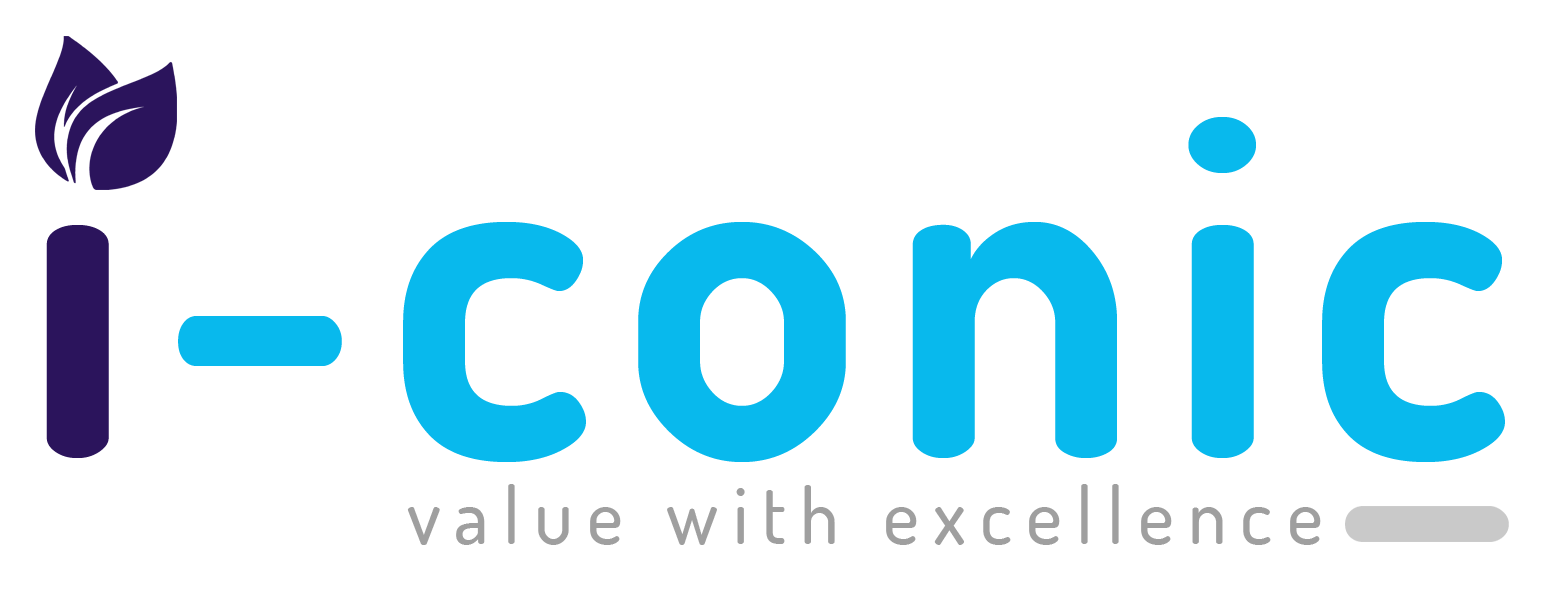The landscape of medical billing in 2025 presents unprecedented complexity. Factors like diverse payer regulations, tighter deadlines, and heightened patient expectations demand that medical practices rigorously manage eligibility verification and prior authorization. Failure to do so can unleash a cascade of claim denials, postponed payments, and administrative turmoil.
Data from the American Medical Association highlights a concerning trend: 35% of claim denials stem from errors in authorization or eligibility, a figure that continues to climb. Fundamentally, these two preliminary checks can either fortify or undermine your entire revenue stream. In the current billing environment, making assumptions is a financially risky approach.
Defining Eligibility Verification and Prior Authorization within Medical Billing
Eligibility verification and prior authorization represent critical steps taken before submitting a medical bill. Eligibility verification serves to confirm that a patient’s insurance coverage is currently active and specifies which services fall under that coverage. Prior authorization, conversely, involves obtaining advance approval from the payer for particular medical procedures. Both functions operate as essential gatekeepers determining whether claims will be accepted, processed, and ultimately paid.
Neglecting either of these steps can lead to claim rejections citing reasons such as “invalid coverage” or “authorization not secured.” Essentially, omitting them is comparable to submitting an examination paper without including your name.
Understanding Why Claims Are Denied When Eligibility or Authorization is Lacking
A significant portion of claim denials can be linked back to insufficient verification processes at the front end of patient interaction. The issue often originates before the patient even consults with the physician. Common culprits include relying on outdated insurance information or failing to secure necessary approvals, invariably leading to the same outcome: claim denial.
Indeed, an MGMA Stat survey indicated that 80% of medical practices experienced a surge in prior authorization requirements over the past year. This isn’t coincidental—payers are enforcing stricter controls. Frequent causes for denial encompass:
- Insurance coverage confirmed too far in advance, expiring before the actual appointment.
- The required authorization was not obtained or had lapsed.
- The diagnosis and CPT codes submitted did not align with the approved authorization request.
- Updates to insurance policies were not reflected in the practice’s billing system.
Methods for Confirming Patient Eligibility in the Medical Billing Cycle
To effectively verify a patient’s eligibility, billing personnel must ascertain the patient’s current policy status, the extent of their benefit coverage, their copay obligations, and their out-of-pocket maximums. This confirmation can be achieved using various resources, including direct payer websites, eligibility verification tools integrated within Electronic Health Record (EHR) systems, or through clearinghouse service platforms.
For instance, common methods employed by practices include:
- Utilizing payer-specific online portals (e.g., those provided by UnitedHealthcare, Aetna, or Blue Cross Blue Shield).
- Employing third-party verification tools such as Availity, Experian, or Waystar.
- Leveraging EHR systems equipped to initiate real-time eligibility inquiries.
Furthermore, adhering to best practices for patient eligibility verification involves checking eligibility no later than 48 hours before every scheduled visit to minimize the likelihood of errors.
Determining When Prior Authorization is Necessary for Medical Services
Prior authorization isn’t universally required, but it is mandated for a substantial number of services. Typically, procedures characterized by high costs, advanced imaging studies, specialized medical treatments, and surgeries performed on an outpatient basis are subject to review and pre-approval by payers.
It’s also critical to recognize that authorization rules vary significantly among different insurance payers. Making assumptions instead of verifying specific requirements is a direct path to claim denial.
Services frequently requiring prior authorization often include:
- Computed Tomography (CT), Magnetic Resonance Imaging (MRI), and Positron Emission Tomography (PET) scans.
- Expensive pharmaceutical prescriptions.
- Referrals to healthcare providers outside the patient’s network.
- Services related to behavioral health.
- Non-emergency, elective surgical procedures.
For patients covered by Medicare and Medicaid, it is essential to consult the official guidelines from the Centers for Medicare & Medicaid Services (CMS) to understand which services necessitate approval and the specific timelines for submitting requests.
Identifying the Most Effective Tools for Eligibility Verification and Prior Authorization
Manual approaches to eligibility and authorization struggle to keep pace with contemporary billing volumes. Consequently, healthcare practices are increasingly adopting automated platforms designed to manage the tracking, submission, and verification of both eligibility and authorizations within a unified workflow.
Some reputable platforms available include:
- Availity: Offers real-time eligibility checks across a wide range of major insurance payers.
- Waystar: Provides a combination of pre-authorization management tools and analytics for denial patterns.
- Experian Health: This delivers eligibility verification alongside patient cost estimation features.
- ZOLL AR Boost: Features intelligent eligibility data scrubbing capabilities.
Integrating such tools with your existing Revenue Cycle Management (RCM) partner or system significantly enhances processing speed and diminishes the potential for human error.
Understanding the Timeframe for Prior Authorization Approval
The duration required to obtain prior authorization is variable, influenced by the type of service, the specific payer involved, and the method used for submission. Electronic Prior Authorization (ePA) platforms generally yield quicker responses, whereas submissions made manually (e.g., via fax) can potentially delay patient care.
Typical processing times often fall within these ranges:
- Standard imaging services: 24 to 48 hours.
- Prescriptions for specialty medications: 3 to 5 business days.
- Complex surgical procedures: Potentially up to 10 to 14 business days.
However, delays frequently arise if submitted documentation is incomplete, if CPT codes do not match the request, or if faxed forms are misplaced. These issues inevitably compound, often resulting in claim rejections down the line.
Recognizing Frequent Mistakes in Eligibility and Authorization Processes
Even highly experienced billing teams can encounter pitfalls. Whether stemming from outdated knowledge of payer regulations or errors made during hurried data entry, minor oversights can lead to significant claim denials.
The most prevalent errors include:
- Checking eligibility too far in advance and neglecting to re-verify closer to the service date.
- Submitting the authorization request only after the medical service has already been provided.
- Utilizing incorrect Current Procedural Terminology (CPT) codes.
- Failing to attach all necessary supporting documentation.
- Overlooking or not implementing recent updates to payer policies.
Implementing established best practices for eligibility and benefits verification can help establish safeguards against these common mistakes.
Addressing Retroactive Authorizations and Overlooked Eligibility Checks
Obtaining authorization after a service has already been rendered (retroactive authorization) is granted only in exceptional circumstances. Payers typically reserve this for genuine medical emergencies, not as a remedy for provider oversight. Consequently, the most effective approach is proactive prevention.
Should you need to attempt recovery for a missed check:
- Initiate a formal appeal with the payer, providing clear evidence of medical urgency.
- Maintain thorough records of all communication with the payer regarding the case.
- Submit letters detailing the medical necessity of the service, signed by the treating provider.
Despite these efforts, the likelihood of success is generally low. A far more reliable strategy is to design and implement workflows that make missed verifications virtually impossible.
The Impact of Eligibility Verification and Prior Authorization on Claim Denial Rates
Let’s examine the tangible outcomes. Based on the CAQH 2024 Index, 13% of all medical claims face denial, and nearly one-fifth of those denials are directly attributable to issues with missing eligibility confirmation or authorizations. This implies that proficiently managing these two areas can significantly increase your rate of claims approved on the first submission.
Medical practices that diligently prioritize these initial steps typically observe:
- A 20–30% reduction in denied claims.
- Accelerated reimbursement timelines.
- Enhanced patient satisfaction resulting from fewer appointment disruptions.
- Decreased need for manual claim reworking and appeals processes.
Taking everything into account, eligibility verification and prior authorization are not mere procedural formalities; they are indispensable components of submitting clean claims successfully.
Concluding Thoughts: The Imperative to Prioritize Eligibility and Authorization
Ultimately, eligibility verification and prior authorization represent more than just items on a checklist; they form the very bedrock of an effective medical billing operation. Healthcare providers who bypass these steps essentially assume significant financial and operational risks, including claim denials, payment delays, revenue loss, and dissatisfied patients.
As insurance payers continue to implement more stringent documentation requirements and condensed authorization timeframes, providers must embrace more intelligent and efficient workflows. Solutions range from deploying automated verification tools to collaborating with experienced RCM partners, offering dependable methods to integrate these critical checks seamlessly into your billing routine.
Do not view verification and authorization as mere administrative tasks. Recognize them for what they are: essential practices for protecting your revenue.
Ultimately, eligibility verification and prior authorization represent more than just items on a checklist; they form the very bedrock of an effective medical billing operation. Healthcare providers who bypass these steps essentially assume significant financial and operational risks, including claim denials, payment delays, revenue loss, and dissatisfied patients.
As insurance payers continue to implement more stringent documentation requirements and condensed authorization timeframes, providers must embrace more intelligent and efficient workflows. Solutions range from deploying automated verification tools to collaborating with experienced RCM partners, offering dependable methods to integrate these critical checks seamlessly into your billing routine.
Do not view verification and authorization as mere administrative tasks. Recognize them for what they are: essential practices for protecting your revenue.






